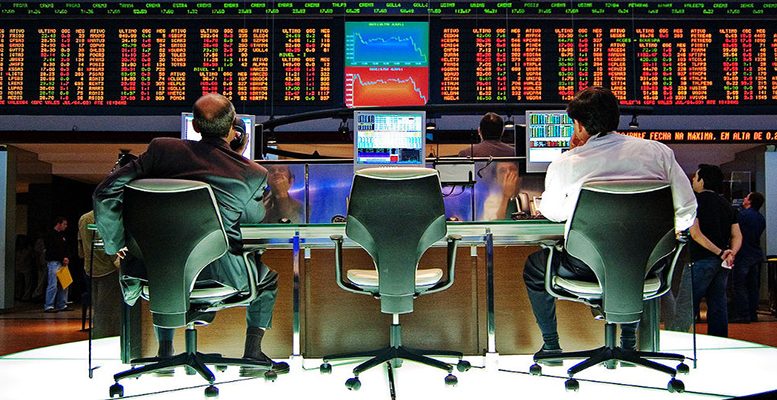Unigestion | With the third quarter earnings reporting season behind us and investors looking at what’s ahead for equities, it is helpful to distinguish between short-term and longer-term factors. Over the short term, the context for stocks looks supportive, if perhaps less so than it did a couple of months back. However, pressures are building that may become significant headwinds for some firms.
The third quarter of 2019 was a difficult one for firms. For constituents of the S&P 500 index, aggregate sales grew by 3.6% over the previous year but earnings were down 1.0%. Firms in the STOXX Europe 600 index saw their aggregate sales up slightly at 1.0%, but earnings growth was flat at 0.2%. Profit margins contracted further, though they remain elevated for both regions (10% for the S&P 500, 7% for the STOXX Europe 600). Interestingly, increased costs were mostly attributed to higher tariffs rather than wage pressure or other typical causes as firms looked to have absorbed the impact of the trade war on their profit margins rather than increase the prices of their goods.
However, market moves are based on expectations, and the low expectations going into the earnings reporting season helped support stocks: 79% of firms in the S&P 500 had a positive earnings surprise, while for the STOXX Europe 600 the figure was 57%. While earnings expectations for 2020 are on the high side (10% globally), they are relatively muted for this year (under 1% globally, with the US a bit above 1%), indicating that a strong finish to the year would be a modest positive surprise for the market.
Looking beyond corporate fundamentals, we continue to see supportive factors for equities in the short term. Global growth has remained stable around potential for a few months now and, if the peak tariff impact is behind us, it could pick up as expectations about the future improve. While the markets look to have priced out a few tail risks (trade war, Brexit, etc.), they do not look to have priced in a healthier growth scenario. Indeed, the primary component of a principal component analysis of a broad basket of asset returns – the growth factor – has improved markedly since the beginning of the year, but it remains below its levels from late 2016 when global growth was also stable around potential. Furthermore, flows into global equities have been strongly negative over the year, especially among retail investors. Interestingly, institutional flows started turning a few months back and now appear to be net positive, though not sufficiently so to offset the drag of retail flows that are only now showing signs of turning.
Valuations have started moving up for equities so they are no longer cheap, but that is not to say they are very expensive. For example, the P/E ratio for the MSCI ACWI index is currently at 15.8 on a 12-month forward basis, just a touch above its long-term average of 14.4. Even splitting between developed and emerging markets does not change the picture much: the MSCI World index (developed markets) has a current P/E of 16.4 vs a long-term average of 14.9 and the MSCI Emerging Markets index has a current P/E of 12.3 vs a long-term average of 11.5. Moreover, from a cross-asset perspective, the dividend yield for most equity indices is above the local government 10-year bond yield, a reflection of the even more expensive valuation of sovereign nominal bonds.





